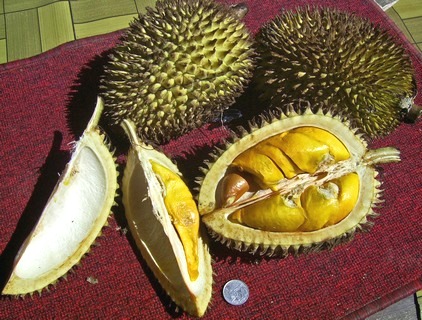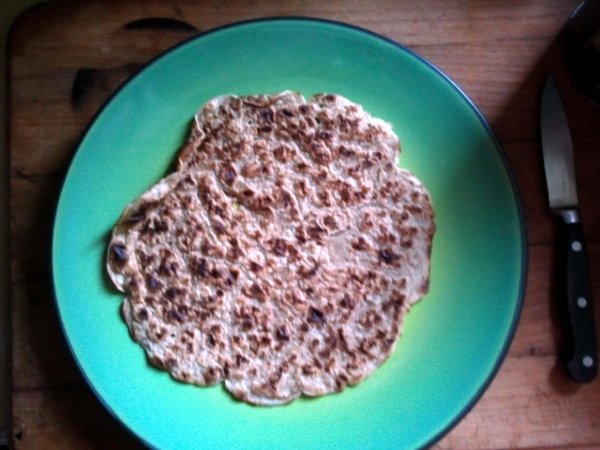In deference to the time of year, here’s a monologue – Christmas Day in the Workhouse – penned by George R. Sims in 1879.
It is Christmas Day in the Workhouse,
And the cold bare walls are bright
With garlands of green and holly,
And the place is a pleasant sight:
For with clear-washed hands and faces
In a long and hungry line
The paupers sit at the tables,
For this is the hour they dine.
And the guardians and their ladies,
Although the wind is east,
Have come in their furs and wrappers,
To watch their charges feast:
To smile and be condescending,
Put puddings on pauper plates,
To be hosts at the workhouse banquet
They’ve paid for – with the rates.
Oh, the paupers are meek and lowly
With their ‘Thank’ee kindly, mum’s’;
So long as they fill their stomachs
What matters it whence it comes?
But one of the old men mutters,
And pushes his plate aside:
‘Great God!’ he cries; ‘but it chokes me!
For this is the day she died.’
The guardians gazed in horror
The master’s face went white;
‘Did a pauper refuse his pudding?’
‘Could their ears believe aright?’
Then the ladies clutched their husbands,
Thinking the man might die
Struck by a bolt, or something,
By the outraged One on high.
But the pauper sat for a moment,
Then rose ‘mid a silence grim,
For the others has ceased to chatter,
And trembled every limb.
He looked at the guardian’s ladies,
Then. eyeing their lords, he said,
‘I eat not the food of villains
Whose hands are foul and red:
‘Whose victims cry for vengeance
From their dank, unhallowed graves.’
‘He’s drunk!’ said the workhouse master.
‘Or else he’s mad, and raves.’
‘Not drunk or mad,’ cried the pauper,
‘But only a hunted beast,
Who, torn by the hounds and mangled,
Declines the vulture’s feast.
I care not a curse for the guardians,
And I won’t be dragged away.
Just let me have the fit out,
It’s only Christmas Day
That the black past comes to goad me,
And prey my burning brain;
I’ll tell you the rest in a whisper, –
I swear I won’t shout again.
‘Keep your hands off me, curse you!
Hear me right out to the end.
You come here to see how the paupers
The season of Christmas spend.
You come here to watch us feeding,
As they watch the captured beast.
Hear why a penniless pauper
Spits on your paltry feast.
‘Do you think I will take your bounty,
And let you smile and think
You’re doing a noble action
With the parish’s meat and drink?
Where is my wife, you traitors –
The poor old wife you slew?
Yes, by the God above us
My Nance was killed by you!
‘Last winter my wife lay dying,
Starved in a filthy den;
I had never been to the parish, –
I came to the parish then.
I swallowed my pride in coming,
For, ere the ruin came,
I held up my head as a trader,
And I bore a spotless name.
‘I came to the parish, craving
Bread for a starving wife,
Bread for a woman who’d loved me
Through fifty years of my life;
And what do you think they told me,
Mocking my awful grief?
That “the House” was open to us,
But they wouldn’t give “out relief”.
I slunk to the filthy alley –
‘Twas a cold, raw Christmas eve –
And the bakers’ shops were open
Tempting a man to thieve;
But I clenched my fists together
Holding my head awry,
So I came home empty-handed,
And mournfully told her why.
Then I told her “the House” was open;
She had heard of the ways of that,
For her bloodless cheeks went crimson,
And up in her rags she sat,
Crying, “Bide the Christmas here, John,
We’ve never had one apart;
I think I can bear the hunger, –
The other would break my heart.”
‘All through that ever I watched her,
Holding her hand in mine,
Praying the Lord, and weeping
Till my lips were salt as brine.
I asked her once if she hungered
And as she answered “No,”
The moon shone in at the window
Set in a wreath of snow.
‘Then the room was bathed in glory,
And I saw in my darling’s eyes
The far-away look of wonder
That comes when the spirit flies;
And her lips were parched and parted,
And her reason came and went,
For she raved of her home in Devon,
Where her happiest days were spent.
‘And the accents, long forgotten,
Came back to the tongue once more,
For she talked like the country lassie
I woo’d by the Devon shore.
Then she rose to her feet and trembled,
And fell on the rags and moaned,
And, “Give me a crust – I’m famished –
For the love of God!” she groaned.
I rushed from the room like a madman,
And flew to the workhouse gate,
Crying “Food for a dying woman!”
And came the answer, “Too late.”
They drove me away with curses;
Then I fought with a dog in the street,
And tore from the mongrel’s clutches
A crust he was trying to eat.
‘Back, through the filthy by-lanes!
Back, through the trampled slush!
Up to the crazy garret,
Wrapped in an awful hush.
My heart sank down at the threshold,
And I paused with a sudden thrill,
For there in the silv’ry moonlight
My Nancy lay, cold and still.
‘Up to the blackened ceiling
The sunken eyes were cast –
I knew on those lips all bloodless
My name had been the last;
She’d called for her absent husband –
O God! had I but known! –
Had called in vain and in anguish
Had died in that den – alone.
‘Yes, there in a land of plenty
Lay a loving woman dead,
Cruelly starved and murdered
For a loaf of parish bread.
At yonder gate, last Christmas
I craved for a human life.
You, who would feast us paupers,
What of my murdered wife!
‘There, get ye gone to your dinners;
Don’t mind me in the least;
Think of your happy paupers
Eating your Christmas feast;
And when you recount their blessings
In your smug parochial way,
Say what you did for me, too,
Only last Christmas Day.’












